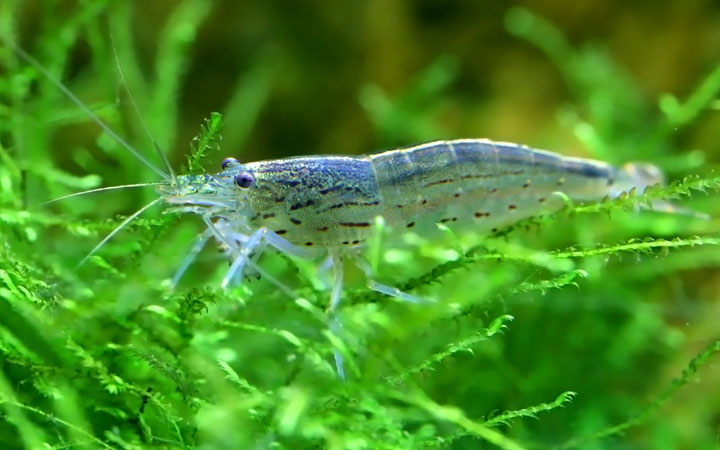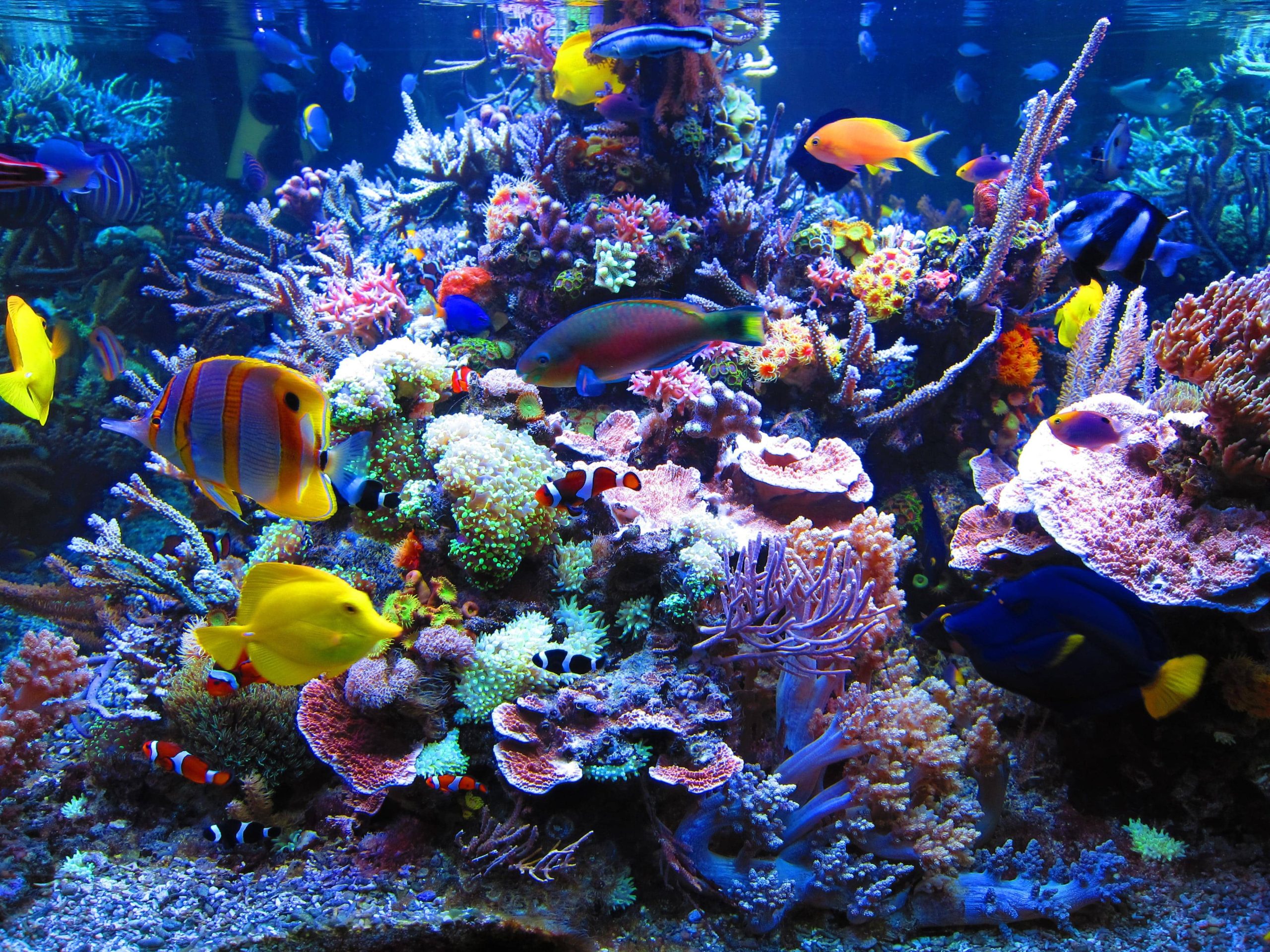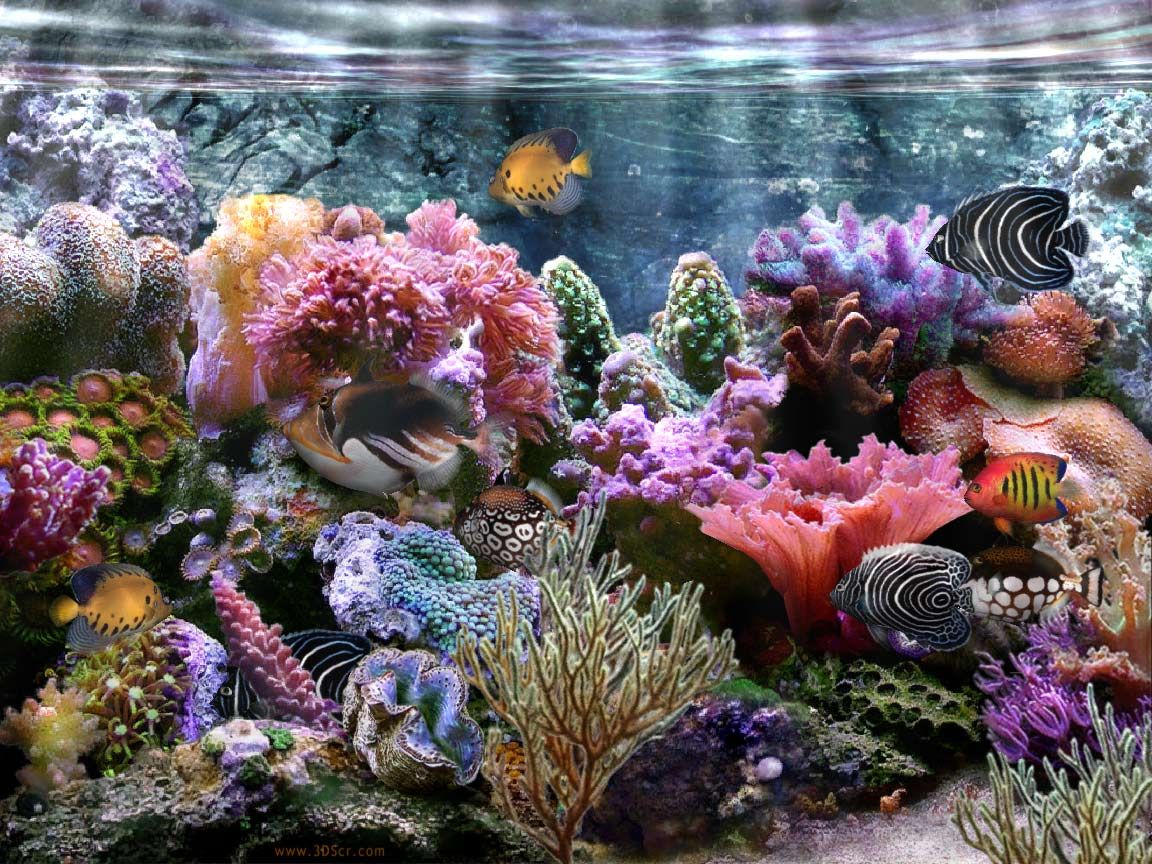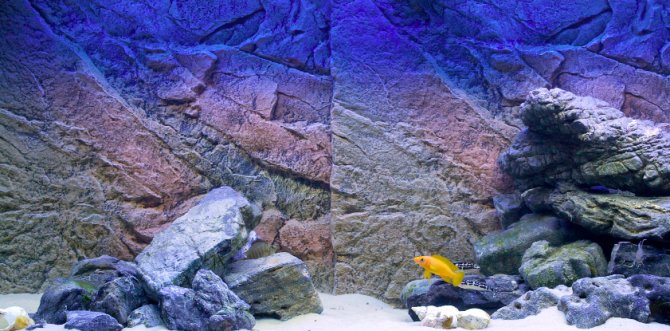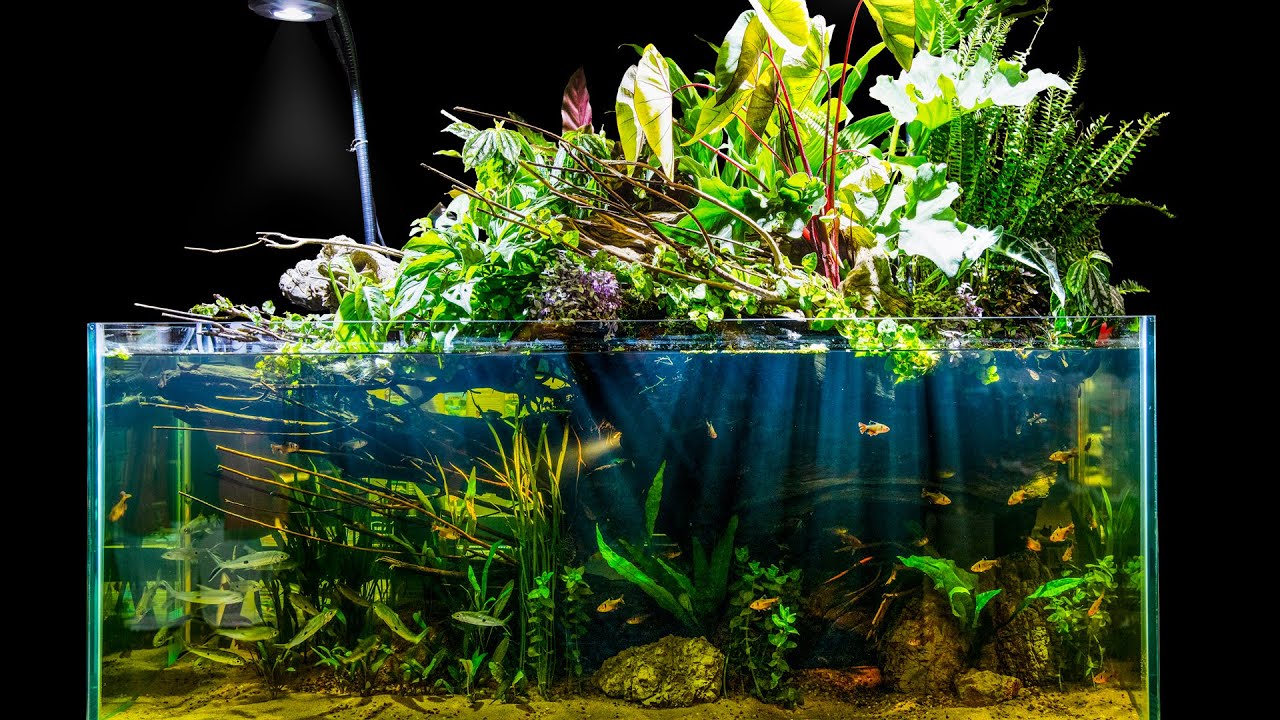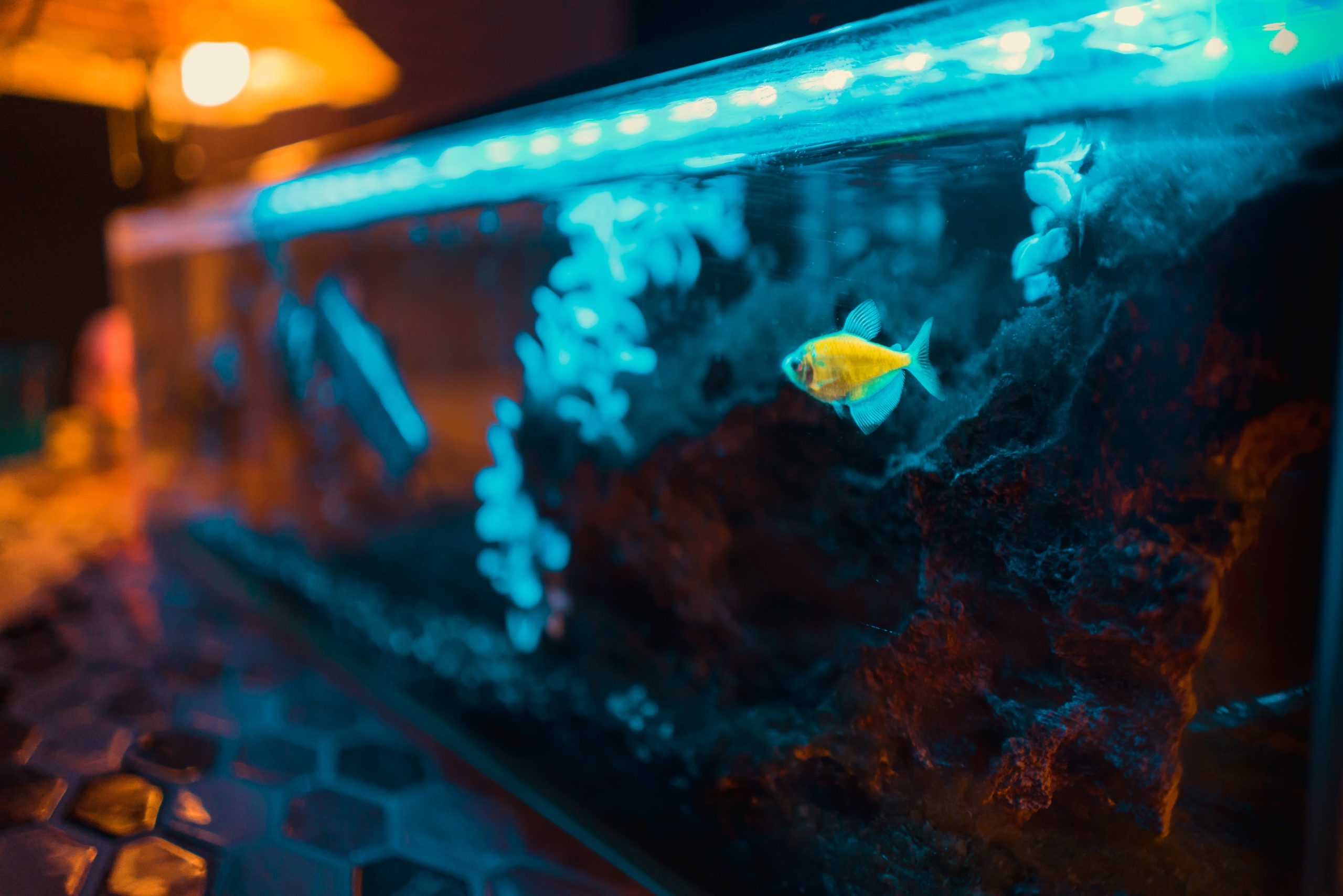What can you do against algae blooms that affect the whole aquarium?
In addition to mechanical and chemical interventions, you can also take advantage of algae-eating species in order to control the algae explosion in your aquarium. Algae-eating fish, snails, and shrimp are the most well-known species. Algae-eating aquarium fish and other living species increase the diversity of living things in your tank as well as the benefit they get by eating the
Do Fish Eat Algae?
Many fish also contain algae in their natural diet. It is deliciously eaten by some fish. Although not all aquarium species prefer to eat algae, herbivore species and evolved species eat algae.
Which Algae Eater Is Best For My Aquarium? What Is The Best Algae Eater?
When adding an algae-eating species to your aquarium, the most important issue is whether they are compatible with other fish. Knowing which algae-eating species can live with your fish, ensures peace in your tank and the survival of algae-eaters. If you have an algae bloom in your aquarium or want to prevent an algae bloom, algae-eaters are excellent helpers. Here’s the rest of our article on the best algae -eaters to add to your tank.
Algae Eater Fishes
Siamese Algae Eater (SAE)
Siamese Algae-Eater is one of the most well-known species. Not only do they look beautiful, their algae-eating abilities are also striking. They can be fed with all kinds, especially they are extremely effective in combating hair and beard algae. If you have an intense hair-beard algae problem, a few SAE fish will help you control the problem in a short time. Growing up to approximately 15 cm (6 “) in length, these species are compatible with aquariums of all sizes. They tend to live in harmony with most other species. However, Siamese Algae-Eaters (SAE) can be highly territorial if they are surrounded by most of their species in the tank they are in. SAE is generally an easy-to-keep species, not picky about water hardness in the aquarium, prefers to live at around 24-26 ° C (75-79 ° F). When purchasing, be careful to choose especially small ones. Because small Siamese algae-eaters are very active while they are small. SAE can be dangerous for small shrimp.
Chinese Algae Eater
Chinese algae-eater, which can reach quite large sizes, should be fed only in large tanks. They display aggressive behavior as they grow up. It is not recommended to keep them in aquariums with small and delicate fish. However, unlike most algae-eating fish, they can be kept with large and aggressive species such as cichlids. For this species, which can be regarded as tolerant in terms of water hardness, it is recommended to have a pH level above 8. Their tendency to eat algae decreases as they grow.
Otocinclus Affinis (Dwarf Catfish)
Another algae-eating fish species is Otocinclus affinis. It is also known as dwarf catfish or otocat. The biggest benefit of adding Otocinclus affinis to your aquarium is that it should be able to enter even the smallest areas due to their small size. Otocinclus affinis is one of the algae-eating fish species that can reach a size of 5 cm (2 “) and rarely exceed that size. Despite their small size, these fish can consume more algae than you might think. They are attracted to all types of algae, but they mostly prefer brown algae and soft green algae. Otocinclus affinis generally copes with most fish species, but cichlids and angelfish are known to attack because of their small size, so keeping them with these species is not recommended.
Bristlenose Plecos
A good algae-eating fish for large aquariums is Bristlenose Plecos. This algae-eating fish that grows up to 15 centimeters (6 “) can consume a lot of algae. Due to their size, they can be fed occasionally with spirulina tablets to make sure they are fed enough. The biggest benefit of choosing this species is their ability to consume green spot algae that most other algae-eaters will not touch. They are extremely effective on the slippery algae layer that forms on aquarium windows. They are usually active at night.
Twig Catfish
Twig catfish with a long and slender body can reach 10 cm (4 “) in size. It is recommended to be kept in pairs and in medium-large tanks. They can be kept in the same aquarium with livebearers and small species such as tetras. They are not recommended to be kept with large and aggressive fish species. They can be fed on most types of algae but may need to be fed separately as needed. It is more difficult to maintain than other algae-eating fish. Twig catfish should be kept in waters with a pH between 6.0 and 8.0.
Molies
Molly fish and other livebearers species are algae-eating species, although they are not known as algae-eaters. They have the ability to eat all types of aquarium algae. Although they are not as effective as other algae-eating fish, the Black Molly Fish is an important species in algae control. Black mollies tend to eat algae such as fresh brush algae, short hair algae, and beard moss that grow on rocks and live plants.
Algae Eater Snails
Nerite Snail
One of the most popular algae-eating snail species is the Nerite Snail. They are highly preferred species, thanks to their beautiful zebra-patterned crusts and their great appetite for algae. Nerite Snail is highly relevant to all types of algae found in a freshwater aquarium, including those that are difficult to destroy such as green spot algae and green beard algae. They are extremely effective on green spot algae, which is often found on glass and plant leaves. Nerite snail will eagerly consume the green spot algae that you have difficulty with mechanical intervention. They are also mainly inhabitants of the aquarium floor, so they can also help clean your substrate. They can reach about 3 cm (1.2 “) when fully grown. Nerite snail is an easy target for larger predators such as cichlids, piranhas. Therefore keeping them together is not recommended. Also, the nerite snail needs a pH level of 7.0 or above to thrive and keep its shell hard. Calcium in hard water is recommended to be fed in hard water, as it helps to keep the shells healthy. The only problem with these snails is that they tend to come out of the tank. They also lay small white eggs on your tank’s windows, on your plants, rocks, and decor. Eggs can sting in your eyes.
Golden Apple Snail
Although they are usually sold in small sizes, this type of snail can grow to the size of a baseball ball. Their skin is mostly bright yellow, but there are varieties with brown, purple, and red hues. Golden Apple Snail consumes most algae species, but you can find it mostly eating slippery moss layers, short algae surfaces, and green spot algae that form on plants, the surface of decors, and aquarium glass. It will consume feed residues, plant residues, except for its relevance to algae. Although apple snails are eagerly eager to eat most algae species, they can occasionally include your delicate and small ground plants like cuba on their menu. For this reason, if you have delicate plants in your plant aquarium, it is not recommended to add these snails to your aquarium.
Ramshorn Snail
Some of the other algae-eating snails can eat your delicate leafy plants. However, ramshorn snails will not eat your plants. Often occupies algae surfaces in the aquarium and dead plant debris. It usually has a red or brown color. It reaches a length of about 2 centimeters (0.8 “). Acidic water will negatively affect the shell of ramshorn snails as with all species of snails, so if you plan to preserve them, you should make sure the pH level in the water is at least 7.0. Nerite snail along with ramshorn snail will be a good choice to keep your tank clean.
Malaysian Trumpet Snail
Malaysian trumpet snail is one of the smallest algae-eaters with a size of less than 2.5 cm (1 “). Malaysia trumpet snail is preferred in planted aquariums as it does not eat plants. Malaysian trumpet snail can eat many algae species. Malaysian trumpet snail can live in water between 7.0 and 7.5 pH. They can be kept in tanks with small and non-aggressive fish. This snail species can reproduce very quickly, so the aquarium must be kept under constant control.
Algae Eater Shrimps
Amano Shrimp
The most popular algae-eating shrimp species is known as “Amano Shrimp”. With their inexhaustible appetite and diligence, they consume almost all types of algae, as well as feed residues and spoiled plant parts. The types of algae they will be forced to eat are green spot moss and blue-green algae. An adult Amano Shrimp can reach a size of 4 centimeters (1.5 “). It is recommended that they be kept in high numbers in the aquarium. It is therefore recommended to add at least 3 Amano shrimp per tank. Due to its small size, Amano Shrimp will get along better with compliant fish. If you are interested in feeding Amano Shrimp, there are a few things to keep in mind. Generally, if the copper found in plant fertilizers is excessive, it can damage the shrimp. Therefore, if you have a large number of plants in your tank, you should control the amount of copper in the fertilizer you will use to prevent toxic effects, and also To balance the rate, you need to do 30% water change weekly.
Cherry Shrimp
This bright red-shelled cherry shrimp is very small and is great at removing algae in hard-to-reach places where algae-eating fish can’t. In addition, although they are small in size, they add a different atmosphere to the aquarium with their remarkable colors. These species, which are named as Cherry Shrimp due to their color, consume food and dead plant residues as well as most algae species. You will see them mostly among the leaves of the plants, among the moss spirals, and on the ground plants and decorations. They consume the algae formed on the surfaces with their tiny pincers. They are so active that you can see that they are constantly in motion. They are eager to breed, you can often find baby cherry shrimp in the crevices of your plants, mosses, or even your filter. If there are no fish species to hunt and there is enough plants in your aquarium, they will reproduce spontaneously in a short time.
Ghost Shrimp
One of the cheapest and widely used shrimp species among algae-eating aquarium creatures is the Ghost Shrimp. Although they are not as effective as the Cherry or Amano species, they also do a good job of tackling the problem of hair algae, so if you are busy with this algae, ghost shrimp will be of great support. Because they are so small, they grow only a few centimeters long and are quite easily preyed on by larger fish such as angelfish. They can be fed with all species that do not consider themselves prey. The main reason why ghost shrimp prices are more attractive and cheaper than other creatures is that they are also sold as fish food. Although ghost shrimp are widely sold in European pet stores as live food, it is also used in the production of dried shrimp feed. It is called “Ghost Shrimp” because of its vividly transparent hue. If you plan to add ghost shrimp to your tank as algae-eating shrimp, adding more than one will be more effective. Ghost shrimp is very easy to keep, thanks to its structure that can tolerate various water parameters. When asked what ghost shrimp eats, their primary diet consists of algae that grow on plant leaves and aquarium decorations. If there is not enough algae in the aquarium, they can survive by feeding on the leftovers of the food given to fish.
Conclusion
I hope you found our article useful, which we gave information about many algae-eating species. Sometimes algae blooms may occur in aquariums. You can find our other article on the causes and precautions of algae bloom here. “Aquarium Algae Problem, Types, and How to Control?” Don’t be afraid of algae blooms in aquariums. The most important thing in aquariums is balance. These algae-eating species will help you maintain balance in your aquarium. Instead of using chemicals against algae blooms, it would be the most logical choice to prevent algae explosion with these species.

